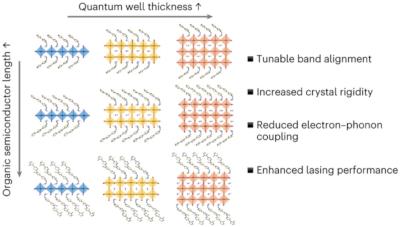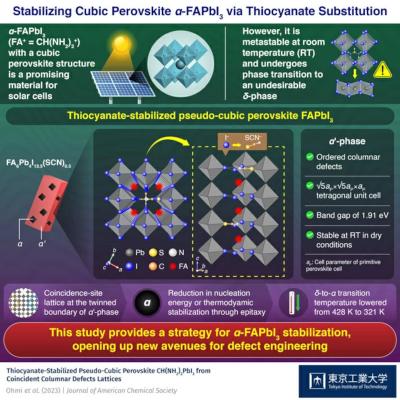Researchers report light guide plate based on perovskite nanocomposites
Perovskite nanocrystals (PNCs)/polymer nanocomposites can combine the advantages of both materials, but achieving the fabrication of PNCs/polymer nanocomposites by bulk polymerization has proven Very challenging. A team of scientists, led by Professor Bai Yang from Jilin University in China, has adopted a a two-type ligand strategy to fabricate bulk PNCs/polystyrene (PS) nanocomposites, including a new type of synthetic polymerizable ligand.
The CsPbCl3 PNCs/PS nanocomposites reportedly showed extremely high transparency that can be ascribed to the Rayleigh scattering as the PNCs distribute uniformly without obvious aggregation. Based on this behavior, the team first exploited the potential of PNCs to serve as scatters inside light guided plate (LGP), whose surface illuminance and uniformity can be improved, and this new kind of LGP is compatible with advanced liquid crystal display technology.






